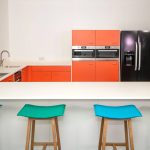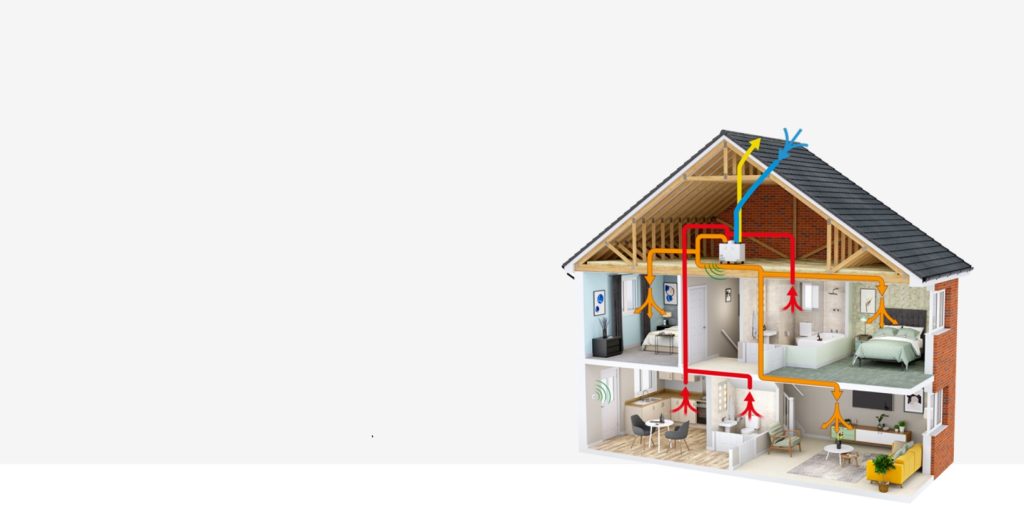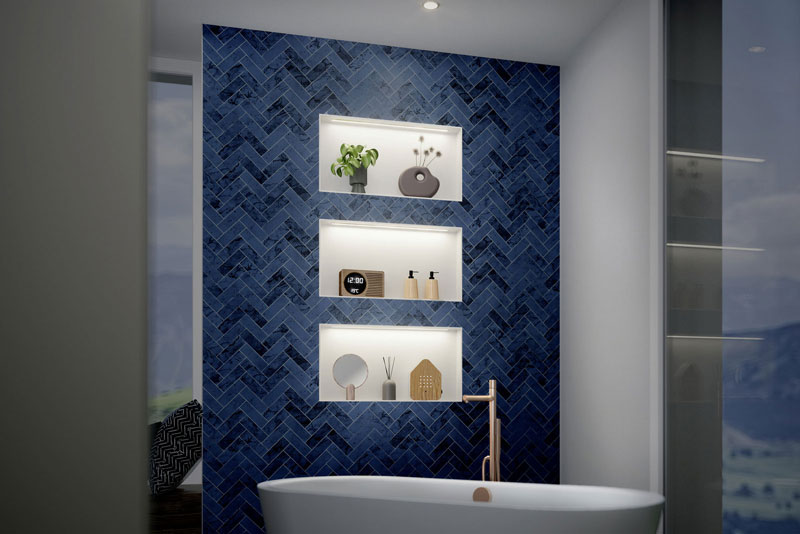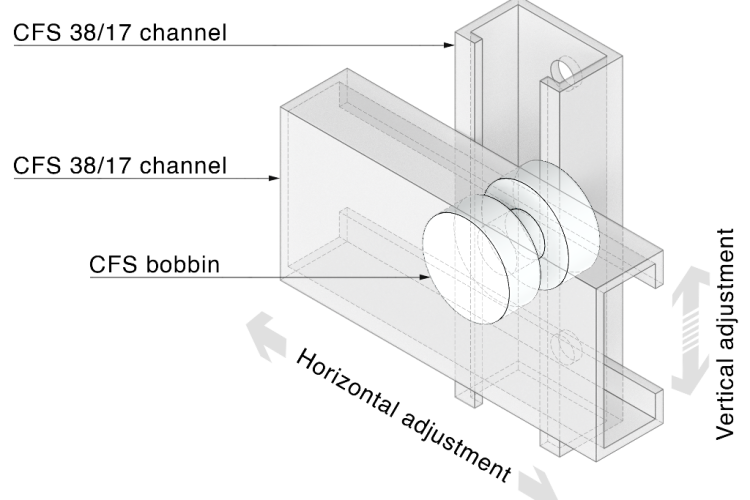Fenestration challenges
In the UK, Building Regulations are imposing ever more stringent targets. As a result, developers and building occupiers are becoming more informed about the need for energy efficiency to minimise the demand for mechanical heating, ventilation and cooling, with the aim of reducing running costs and future-proofing their buildings.
The facade of any building is one of the most important factors in determining energy efficiency and window systems are therefore a critical part of the specification process. Effective fenestration design has to achieve the balance between aesthetics, thermal and weather performance, natural ventilation, acoustics, security and cost – and the challenge is that these factors often work against each other.
Thermal performance trends
We are seeing much greater demand for levels of thermal performance which exceed current Building Regulations. These require Uw values for the glass and frame of 2.2 W/m2K, but we are often now asked to achieve values of 1.5 or as low as 1.2 W/m2K. These performance levels exceed the requirements and, for a relatively small additional cost, the building occupier will gain a much more thermally-efficient system to help reduce future running costs over the life cycle of the building.
The thermal performance of window systems can be enhanced to deliver lower U-values with the use of:
- Increased thermal breaks
- New materials for thermal strips
- Increased module depths
- Accommodation of larger glazed unit sizes (24 mm was the standard but this has been increased to 28 mm, and up to 52 mm
is now common) - Additional insulating gaskets
- Profile engineering
These features should now be available as standard for aluminium window systems.
Natural ventilation
There have been technical advancements in trickle ventilation to allow fresh air to circulate when the window is closed, but with no passage area for sound. This is particularly useful for high rise apartment schemes. The vents can be fitted into the window system or can be installed independently above the window.
Casement windows can also now incorporate hinges for wider opening up to 90 degrees, rather than the previous standard 50 degrees, but specifiers should be aware of the safety considerations for wider openings. There are also parallel opening options to optimise air flow.
“Specifiers are demanding ever bigger doors, but do need to balance aesthetics with ease of operation”
Minimising solar gain
Solar gain can be an issue with windows and curtain walling, and reducing it is increasingly a requirement, particularly for offices and schools. Building occupiers need the benefit of natural ventilation and high levels of natural light to help maintain comfortable working environments, and fresh air has been proven to contribute to concentration levels, but highly glazed buildings are vulnerable to heat gain.
Glass and building orientation are part of the solution, but if not sufficient, the building designer should look at external solar shading to help reduce the reliance on mechanical cooling.
Weather performance
Airtightness is becoming even more critical in building design and very low levels of air or heat loss are now being demanded that are well in excess of Building Regulations.
The requirements currently permit air leakage rates of up to 10 m3/hour, but we are increasingly asked to achieve levels of 3 m3/hour or less, and this is often a requirement on commercial schemes in central London. It is also more common now for specifiers to request an EPDM perimeter seal between the structure of the building and the window system. This can make a considerable difference to reducing heat loss and improving the overall building performance.
For water tightness, it is vital contractors and developers employ well trained glazing fabricators and installers to ensure correct manufacture of the system and accurate fitting on site.
Window and door sizes
Increasing the mullion and transom sizes will allow architects to achieve larger spans and greater vision areas for maximising natural light and striking aesthetics. The most advanced aluminium window systems will have less visible aluminium for further visual appeal.
Specifiers should always check the maximum recommended weight and sizes as there will be variations between systems suppliers and should ensure that fittings are sufficiently robust to take the loadings of larger window units.
Occupier comfort and usability is also an issue with larger windows or doors. Specifiers are demanding ever bigger doors, but do need to balance aesthetics with ease of operation. A 3 m high door, for example, will be too heavy for children to open in a school environment.
Enhancing aesthetics
Technical advancements in window design have included the increased use of concealed drainage and fittings – such as hinges, restrictors and closers for an improved finish. Concealed fittings can also be supplied for open-in windows and tilt/turn configurations.
Leading suppliers of facade systems will also offer visual compatibility. This allows the specification of profile module depths, sight lines, accessories and fittings to be consistent across a building envelope and fully integrated, whether for curtain walling, doors or windows.
Balancing considerations
There are multiple considerations that affect window and glazing specification, including size limitations, occupier comfort, impact on running costs, location and orientation of the building, ventilation requirements, security, solar gain, acoustics, maintenance, finish, cost, compliance with disability legislation, current and future Building Regulations, environmental impact, life cycle costing and recyclability.
A good systems company will have a wealth of technical expertise that architects and building designers can draw on to develop the most effective fenestration solution for every project.



















